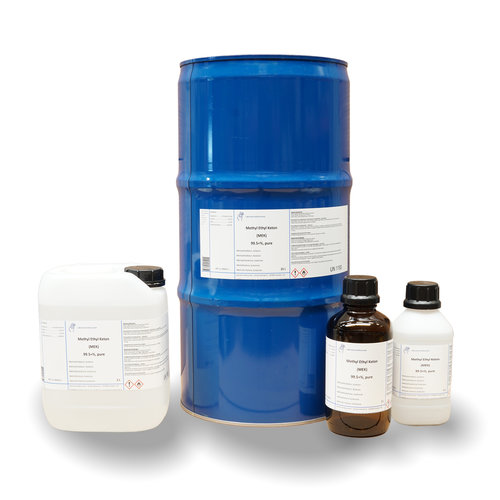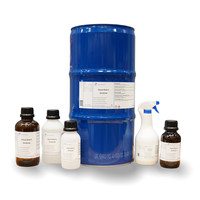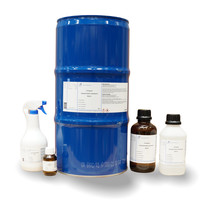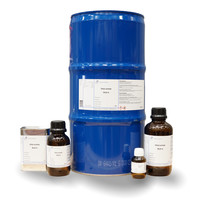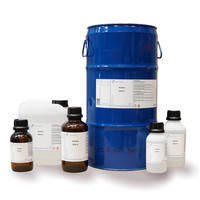You have no items in your shopping cart
Methyl ethyl keton (MEK) 99,5+%
- Buy 2 and save 5%
- Buy 6 and save 10%
What is Methyl Ethyl Ketone (MEK) CAS 78-93-3
Butanone (often also methyl ethyl ketone, abbreviated MEK) is, next to acetone, one of the most important industrially used ketones. It is a colorless, easily mobile liquid with a typical odor and is mainly used as a solvent.
What is MEK used for?
Like acetone, butanone is a good solvent in which to dissolve a wide variety of plastics, resins and paints. It is also used for dewaxing lubricating oils, degreasing metal surfaces, extracting fats and oils from natural resins, as an artificial flavoring agent, and for sterilizing medical instruments. The reaction of butanone with hydrogen peroxide produces methyl ethyl ketone peroxide, an important radical initiator for the polymerization of polyester resins. Since 1962 it has been used in Germany as a denaturing agent for ethanol due to its similar boiling point.
In 2001, 950,000 tons of butanone were used worldwide.
buy butanone?
You will find the best quality methyl ethyl ketone at Laboratoriumdiscounter.nl. Delivered quickly and available in different packaging. Delivered in high-quality packaging and always with volume discount!
NB! An end user statement is required for packaging of 5L or more.
What Safety Precautions Should I Take Before Using Chemicals?
It is always wise to work as safely as possible when working with chemicals. Even substances that do not seem dangerous at first can cause enormous damage if they get into your eyes. Therefore, always wear safety goggles. You also want to prevent chemicals from ending up on your skin, which is why it is important to always use good gloves or disposable gloves.
Respiratory protection is necessary for volatile substances, vaporous liquids and solids that dust. There are many different types of filters, so you should always refer to the MSDS to find out which filter you need. Many filters also specify which substances they are for.
In some cases it may be necessary to protect the whole body, in which case a plastic overall is needed, you can find it here.
When working with flammable and oxidizing substances, it is important to always have fire extinguishers and absorbents at hand. It is also useful to be able to clean up spills of aggressive chemicals immediately with absorbents and to dispose of them in accordance with international and/or local legislation.
If you need more information on how to handle a specific substance, always consult the safety data sheet. You can find this on the product page or request it via [email protected]
Technical data:
Empirical formula C4H8O
Molar mass (M) 72.11 g / mol
Density 0.8
Boiling point (bp) 79-80.5 ° C
Flash point (flp) -4 ° C • Melting point (mp) -86.3 ° C
Solubility: 290 g / l (H2O, 20 ° C)
ADR 3 II • WGK 1
CAS No. [78-93-3]
EC no. 201-159-0 • UN No. 1193
Downloads
$$$$$
Hazard statements
H225 Highly flammable liquid and vapor
H319 Causes serious eye irritation
H336 May cause drowsiness or dizziness
Safety recommendations
Precautions - prevention
P210 Keep away from heat, hot surfaces, sparks, open flames and other ignition sources. Do not smoke.
P280 Wear protective gloves / eye protection.
Precautions - response
P304 + P340 IF INHALED: Remove person to fresh air and keep comfortable for breathing.
P305 + P351 + P338 IF IN EYES: Rinse cautiously with water for a long period of time
amount of minutes; remove contact lenses, if possible; keep rinsing.



